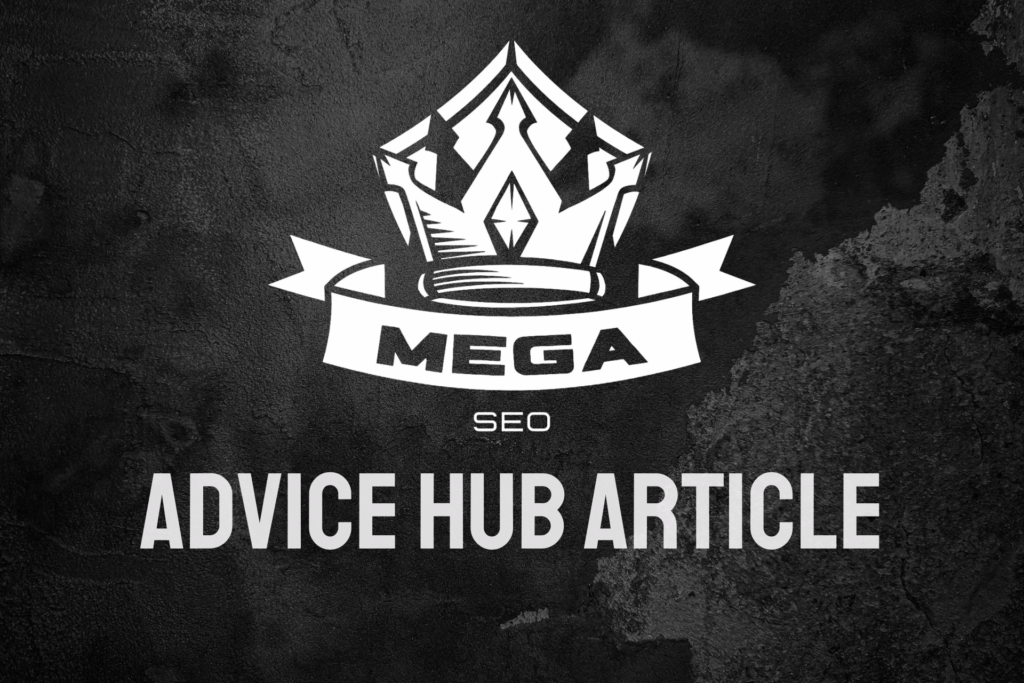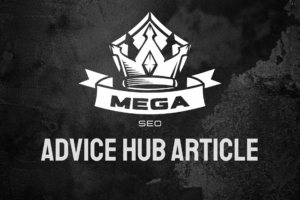Content optimisation for SEO remains a cornerstone of effective digital marketing strategies in 2025. For businesses aiming to enhance their online visibility and attract more organic traffic, understanding the nuances of content optimisation is paramount.
This comprehensive guide delves into the intricacies of crafting search engine-friendly content that not only appeals to algorithms but also engages human readers.
Why is content optimisation for SEO crucial for your website?
In the competitive digital landscape, content optimisation for SEO serves as the bridge between your website and potential visitors. It’s the process of fine-tuning your web content to make it more attractive to search engines, thereby improving your chances of ranking higher in search results.
But it’s not just about pleasing algorithms; effective content optimisation also ensures that your content resonates with your target audience, providing value and encouraging engagement.
How does content optimisation impact your search rankings?
Search engines like Google use complex algorithms to determine which pages should rank for specific queries. These algorithms consider numerous factors, with content quality and relevance being among the most significant. By optimising your content, you’re essentially speaking the language that search engines understand, making it easier for them to recognise the value and relevance of your pages.
Content optimisation impacts your search rankings in several ways:
- Improved keyword targeting: By strategically incorporating relevant keywords, you signal to search engines what your content is about.
- Enhanced user experience: Well-optimised content is typically more readable and valuable to users, leading to longer on-page times and lower bounce rates.
- Increased authority: High-quality, optimised content often attracts backlinks, which can boost your site’s authority in the eyes of search engines.
- Better crawlability: Properly structured content with clear headings and internal links helps search engines understand and index your pages more effectively.
Each of these factors contributes to your overall on-page SEO performance, potentially leading to higher rankings and increased organic traffic.
What are the key elements of content optimisation for SEO?
1. Keyword Research and Integration
At the heart of content optimisation lies thorough keyword research. This process involves identifying the terms and phrases your target audience uses when searching for information related to your products or services. Tools like Google Keyword Planner, SEMrush, and Ahrefs can provide valuable insights into search volumes and competition levels for various keywords.
Once you’ve identified your target keywords, the next step is to integrate them naturally into your content. This doesn’t mean stuffing your text with keywords; rather, it’s about weaving them seamlessly into your writing. Here’s how to do it effectively:
- Use your primary keyword in the title, first paragraph, and at least one subheading.
- Incorporate secondary keywords and related terms throughout the body of your content.
- Ensure your keyword usage sounds natural and doesn’t disrupt the flow of your writing.
- Consider using LSI (Latent Semantic Indexing) keywords to provide context and depth to your content.
Remember, the goal is to create content that reads naturally while still signaling its relevance to search engines.
2. Content Structure and Formatting
The way you structure and format your content plays a crucial role in both SEO and user experience. A well-structured piece of content is easier for search engines to crawl and understand, and it’s also more digestible for readers. Here are some key considerations:
- Use clear, descriptive headings (H1, H2, H3, etc.) to organise your content logically.
- Break up long paragraphs into shorter, more manageable chunks.
- Utilise bullet points and numbered lists to highlight key information.
- Include relevant images, infographics, or videos to enhance engagement and provide visual breaks in the text.
- Ensure your content is mobile-friendly, as an increasing number of users access content on mobile devices.
By paying attention to these structural elements, you create content that’s not only SEO-friendly but also user-friendly, which can lead to better engagement metrics and, ultimately, improved search rankings.
3. Meta Tags and Descriptions
While not visible on the page itself, meta tags and descriptions play a crucial role in content optimisation for SEO. These elements provide search engines with concise summaries of your content and can influence click-through rates from search results pages.
- Title Tags: Craft compelling, keyword-rich titles that accurately describe your content in 60 characters or less.
- Meta Descriptions: Write engaging summaries of your content in 150-160 characters, incorporating your primary keyword naturally.
- Header Tags: Use H1 for your main title and H2, H3, etc., for subheadings to create a clear content hierarchy.
Optimising these elements can improve your visibility in search results and encourage more clicks to your website.
4. Internal and External Linking
A robust linking strategy is an often-overlooked aspect of content optimisation. Internal links help search engines understand the structure of your website and distribute link equity, while external links to authoritative sources can boost your content’s credibility.
- Internal Linking: Link to relevant pages within your website to create a logical site structure and help users navigate your content.
- External Linking: Include links to reputable external sources to support your claims and provide additional value to readers.
- Anchor Text: Use descriptive, keyword-rich anchor text for your links, but avoid over-optimisation.
5. Content Quality and Depth
While technical search optimisation is important, the quality and depth of your content remain paramount. Search engines are increasingly adept at recognising high-quality, valuable content. To optimise your content effectively:
- Provide comprehensive coverage of your topic, aiming for depth rather than just length.
- Ensure your content is original, well-researched, and offers unique insights.
- Update your content regularly to keep it fresh and relevant.
- Focus on creating content that genuinely answers user queries and solves problems.
Remember, the ultimate goal of content optimisation is to provide value to your audience while making your content discoverable through search engines.
How can you measure the success of your content optimisation efforts?
Tracking the performance of your optimised content is crucial for refining your strategy and achieving better results over time. Here are some key metrics to monitor:
- Organic Traffic: Use tools like Google Analytics to track the number of visitors coming to your site through organic search.
- Keyword Rankings: Monitor your rankings for target keywords using SEO tools or Google Search Console.
- Engagement Metrics: Pay attention to metrics like time on page, bounce rate, and pages per session to gauge how users interact with your content.
- Conversions: Track how well your optimised content contributes to your overall conversion goals, whether that’s newsletter sign-ups, product purchases, or contact form submissions
By regularly analysing these metrics, you can identify areas for improvement and adjust your content optimisation strategy accordingly.
Elevate Your SEO Strategy with Expert Content optimisation
Content optimisation for SEO is a multifaceted process that requires a deep understanding of both search engine algorithms and user behaviour. By focusing on keyword research, content structure, meta optimisation, linking strategies, and overall content quality, you can create a powerful foundation for your SEO efforts.
However, mastering content optimisation takes time, expertise, and continuous learning. If you’re looking to take your SEO strategy to the next level, consider partnering with seasoned SEO professionals like Mega SEO, who can provide tailored solutions for your business.



